As women enter their 40s and beyond, maintaining fitness becomes more than just about appearance—it’s about sustaining energy, mobility, and long-term health. Hormonal shifts, slower metabolism, and lifestyle demands can make staying active feel challenging. But with the right approach, women over 40 can not only maintain fitness but thrive. This guide delivers 15 results-driven senior fitness tips tailored specifically for women in midlife and beyond, with clear explanations of what to do, why it works, and how to adapt based on individual needs.
Resistance exercises help combat age-related muscle loss (sarcopenia) and support bone density. Aim for 2–3 sessions per week using bodyweight, resistance bands, or weights.
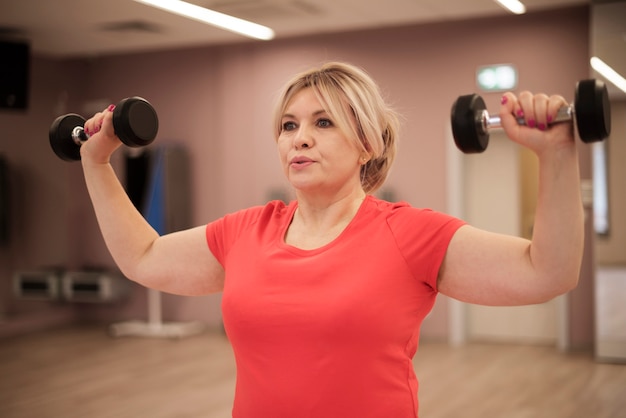
Focus on movements that mimic daily activities—like squats, lunges, and step-ups. These improve balance, coordination, and independence.
Short bursts of intense effort followed by rest can boost metabolism and cardiovascular health. Start with 10–15 minutes twice a week and adjust intensity as needed.
Spending 5–10 minutes warming up increases blood flow and reduces injury risk. Cooling down with gentle stretching aids recovery and flexibility.
A strong core supports posture, reduces back pain, and enhances overall movement. Include planks, bird-dogs, and pelvic tilts in your routine.
Aim for at least 150 minutes of moderate aerobic activity weekly—like brisk walking, cycling, or swimming. It supports heart health and weight management.
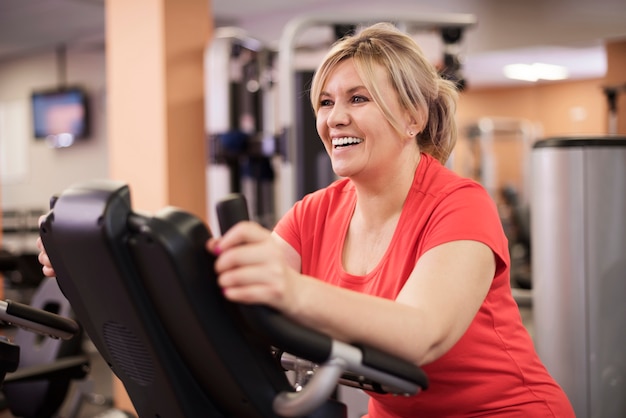
Pain is a signal, not a challenge. Adjust exercises to avoid strain, especially in joints. Modify movements to suit your current fitness level.
Metabolism slows with age, so nutrient-dense foods and proper hydration are essential. Pair workouts with balanced meals rich in protein, fiber, and healthy fats.
Quality sleep enhances muscle repair, hormone balance, and mental clarity. Aim for 7–8 hours nightly to support fitness goals.
Yoga and tai chi improve flexibility, reduce stress, and enhance body awareness. These are especially beneficial for joint health and emotional well-being.
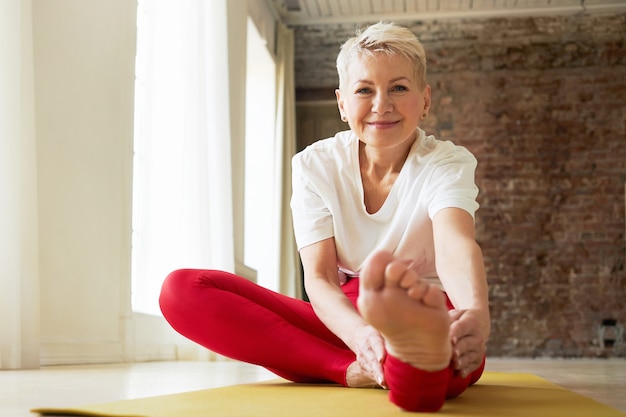
Measure success by energy levels, strength gains, clothing fit, or improved sleep—not just weight. These are more accurate indicators of progress.
Consistency beats intensity. Schedule workouts like appointments. Even 20–30 minutes daily adds up over time.
Use low-impact options like swimming or elliptical training if joints are sensitive. Include omega-3s and consider glucosamine if advised by a healthcare provider.
Simple exercises like standing on one leg or heel-to-toe walks help prevent falls and improve coordination—critical as we age.
Set realistic, measurable goals and switch up your routine every 4–6 weeks to avoid plateaus and keep engagement high.
Fitness after 40 isn’t about pushing harder—it’s about training smarter. These 15 strategies are designed to support sustainable health, vitality, and confidence. Whether you're restarting your fitness journey or refining your current routine, small, consistent actions lead to lasting results.
Remember: Always consult with a healthcare provider before beginning a new fitness program, especially if you have pre-existing conditions.

Fitness

Fitness

Fitness

Fitness

Health

Fitness

Health
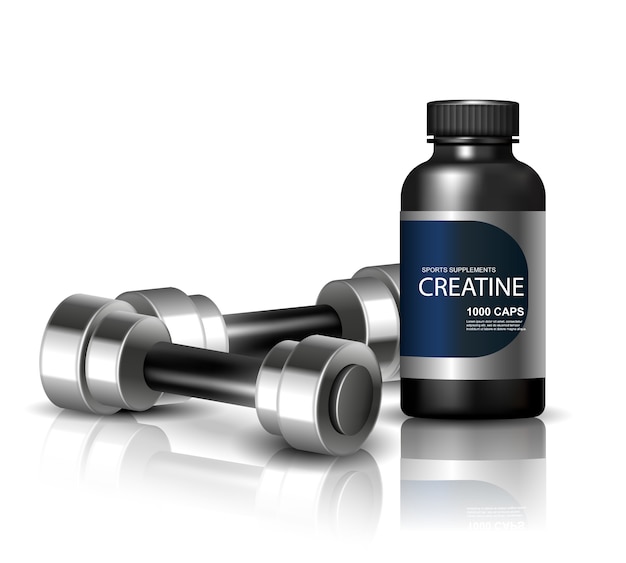
Wellness
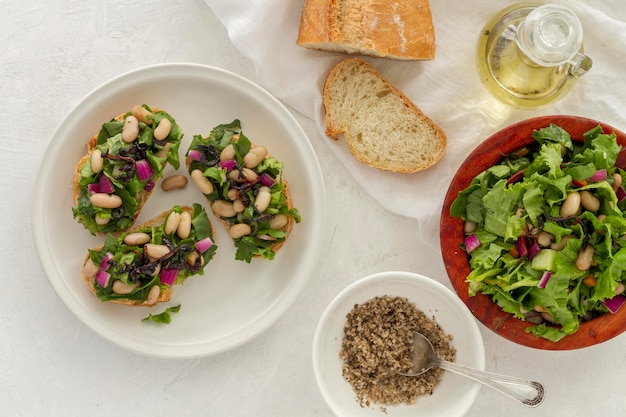
Health

Fitness

Health

Wellness

Health

Fitness

Health

Health